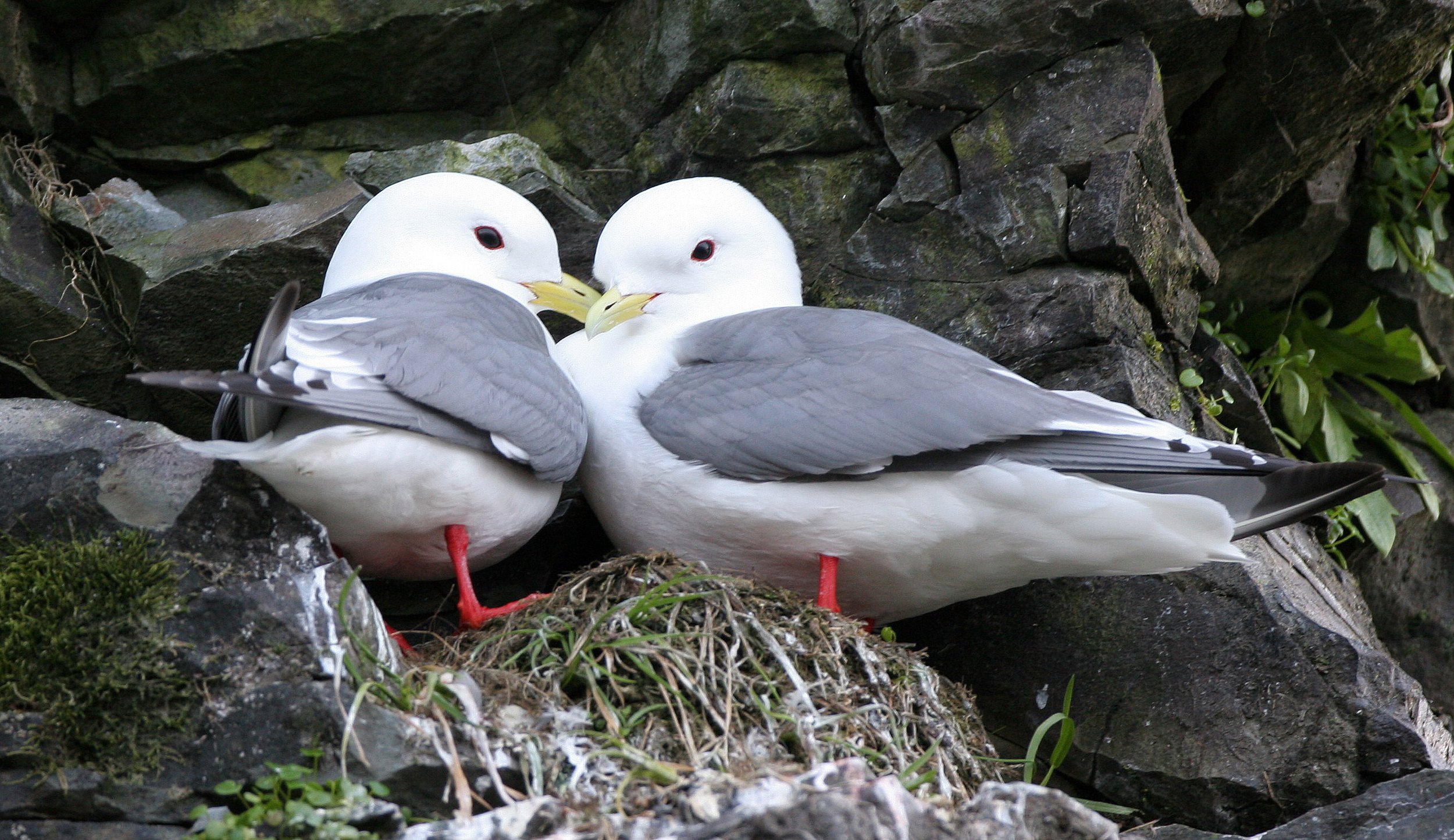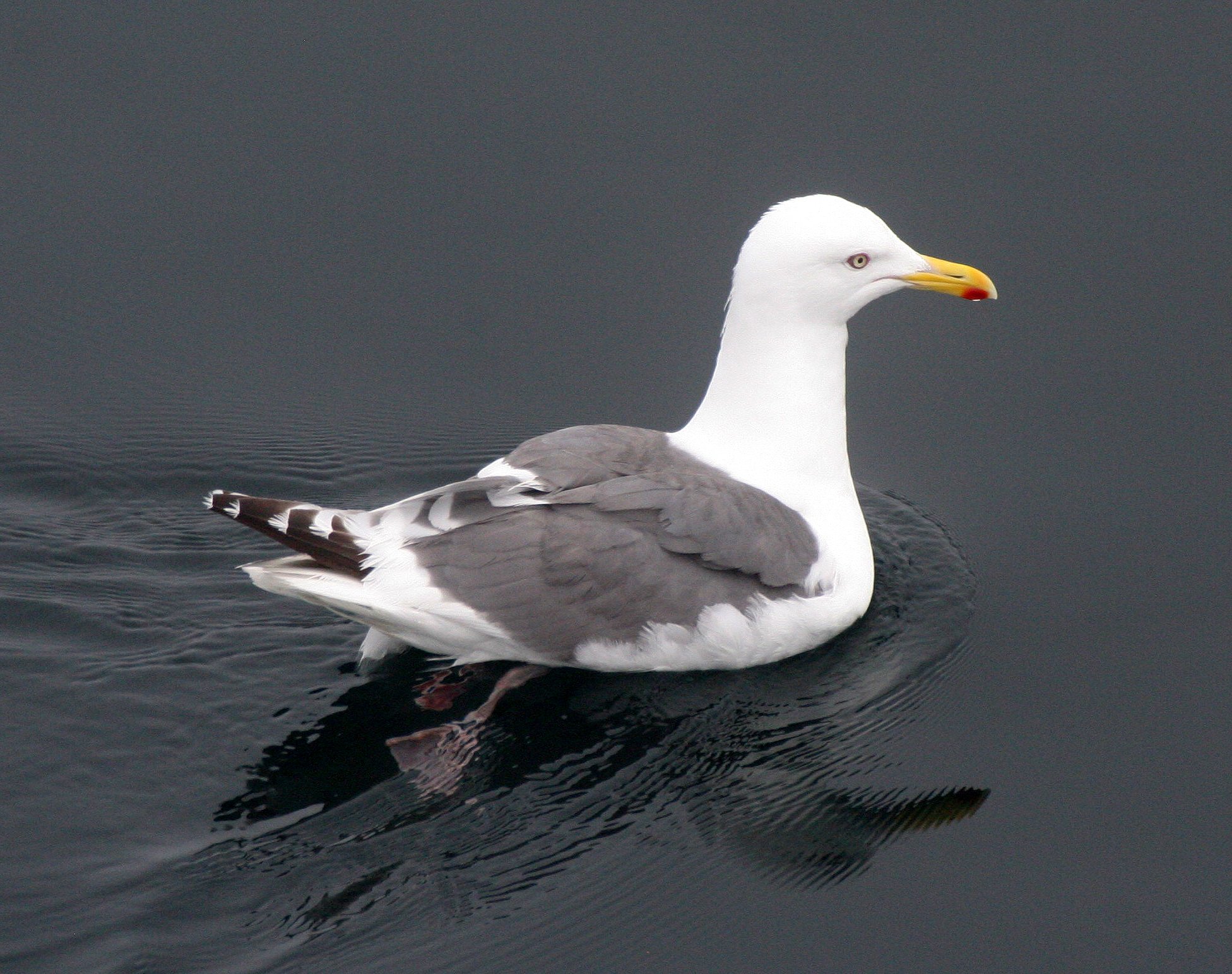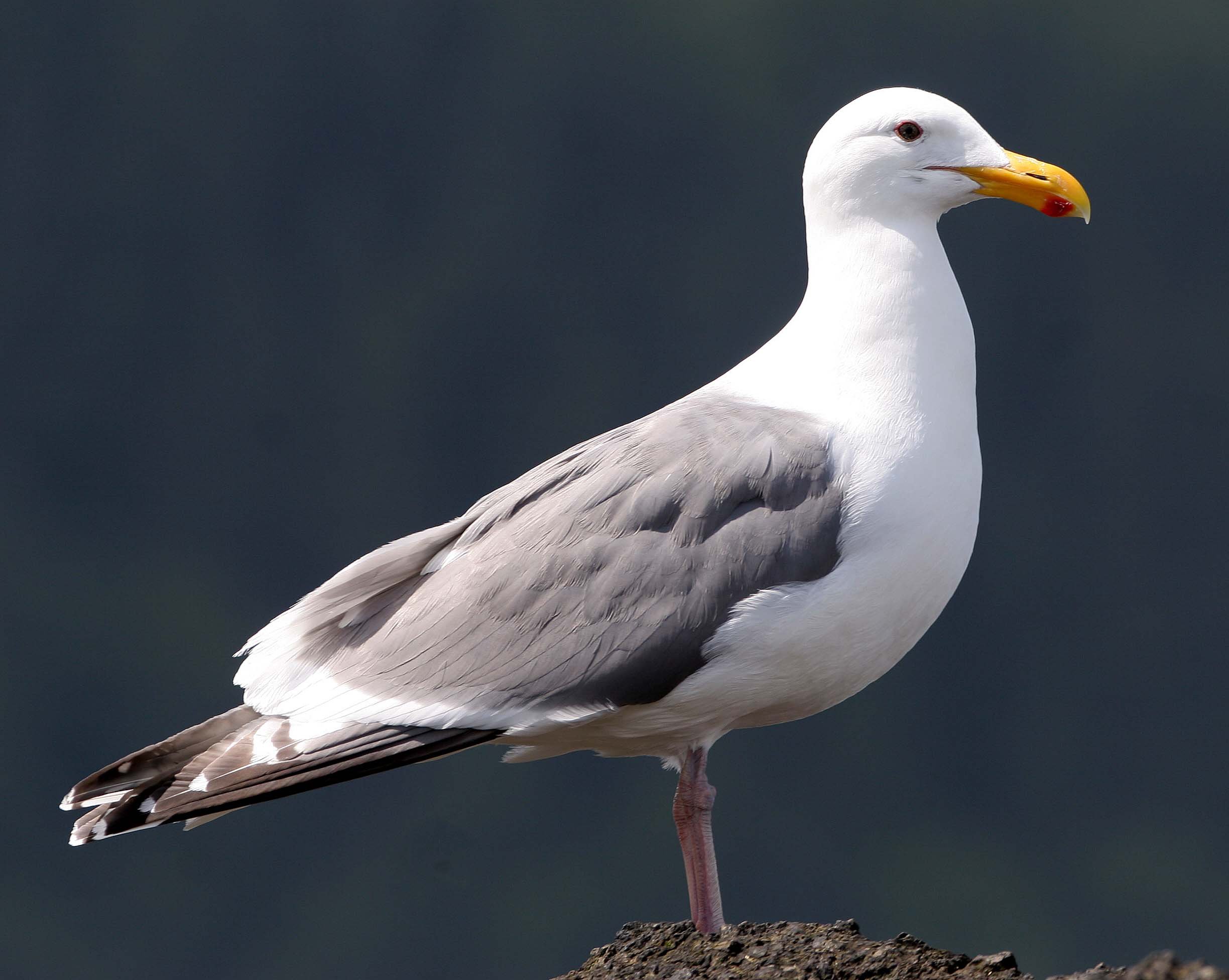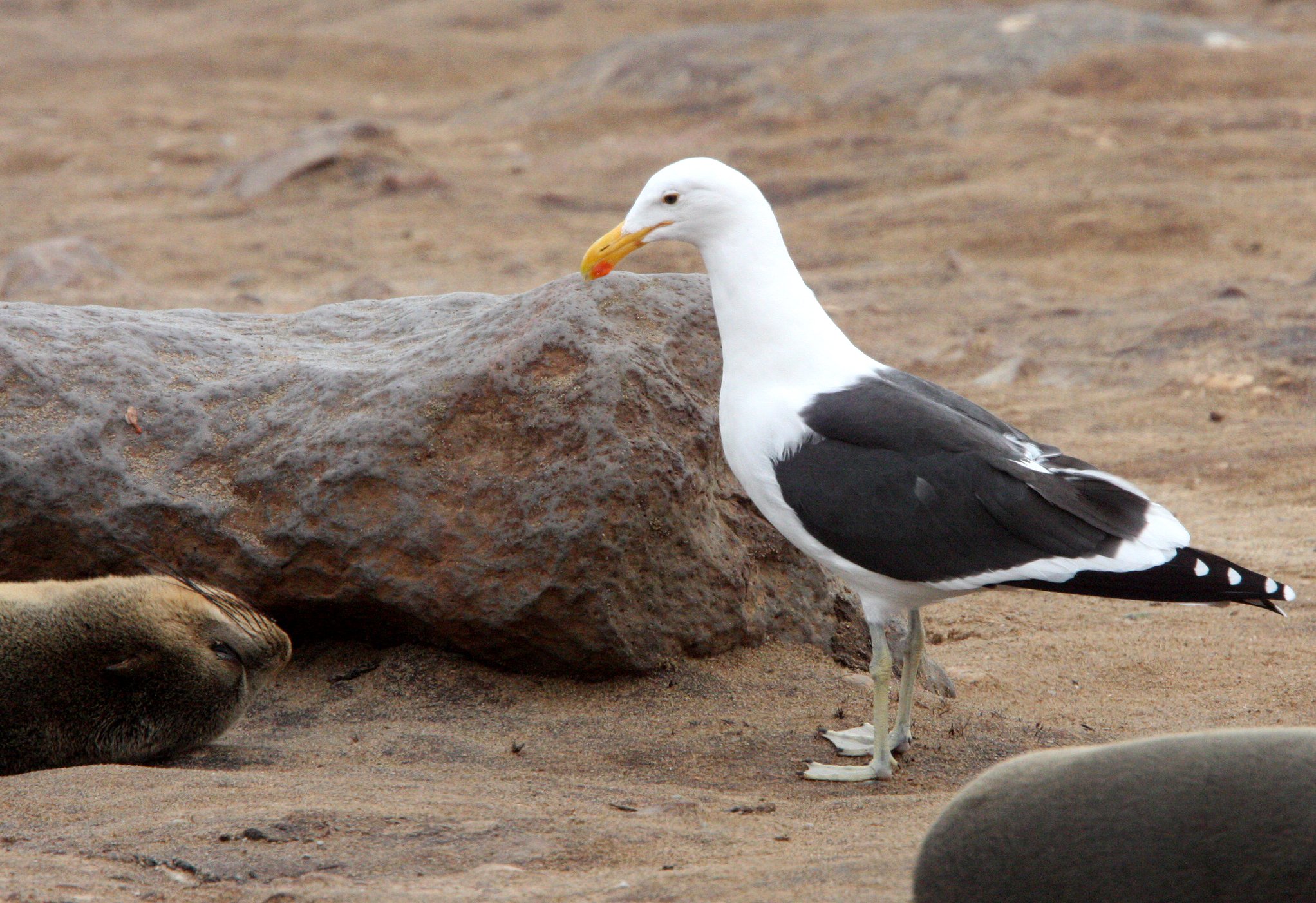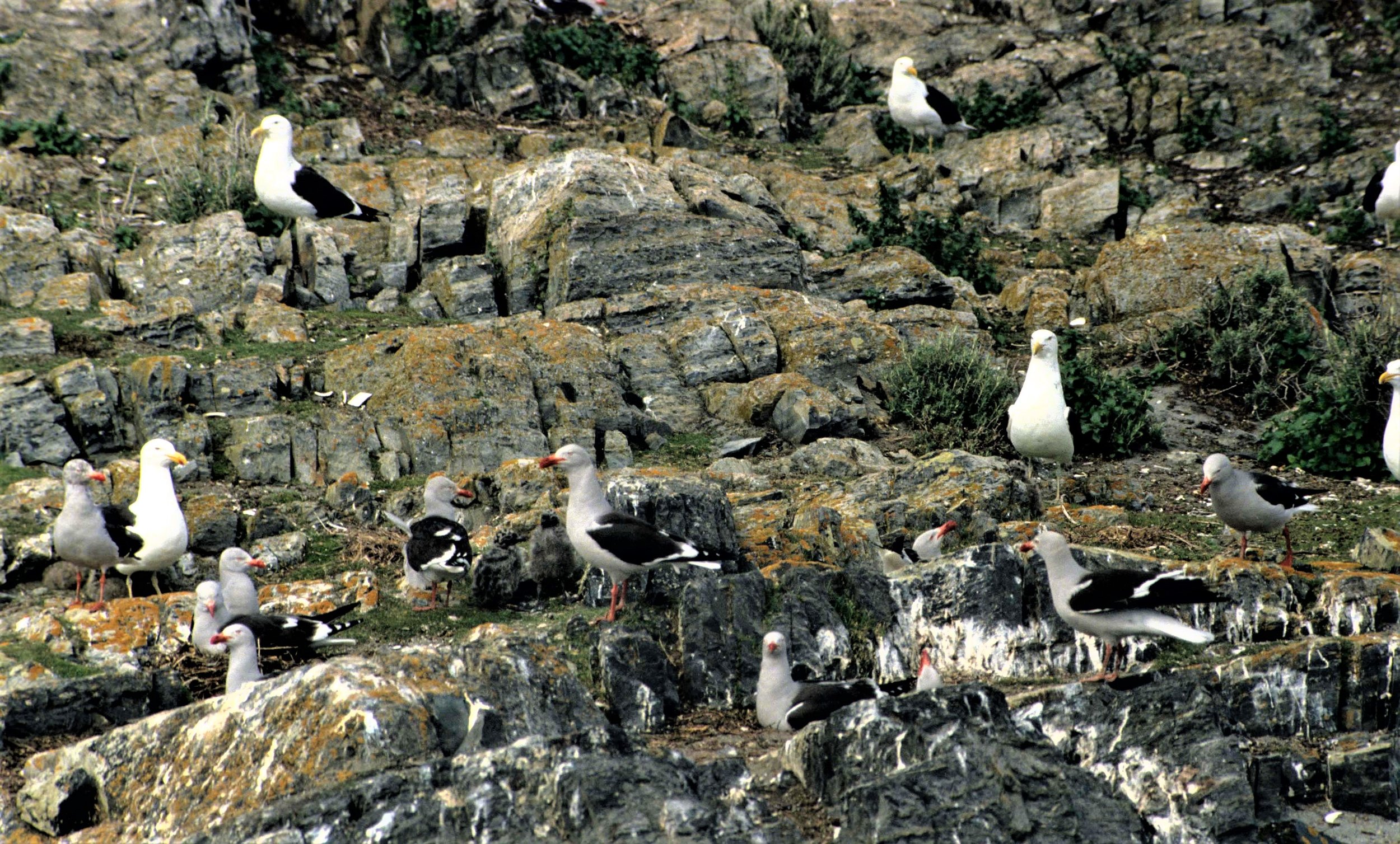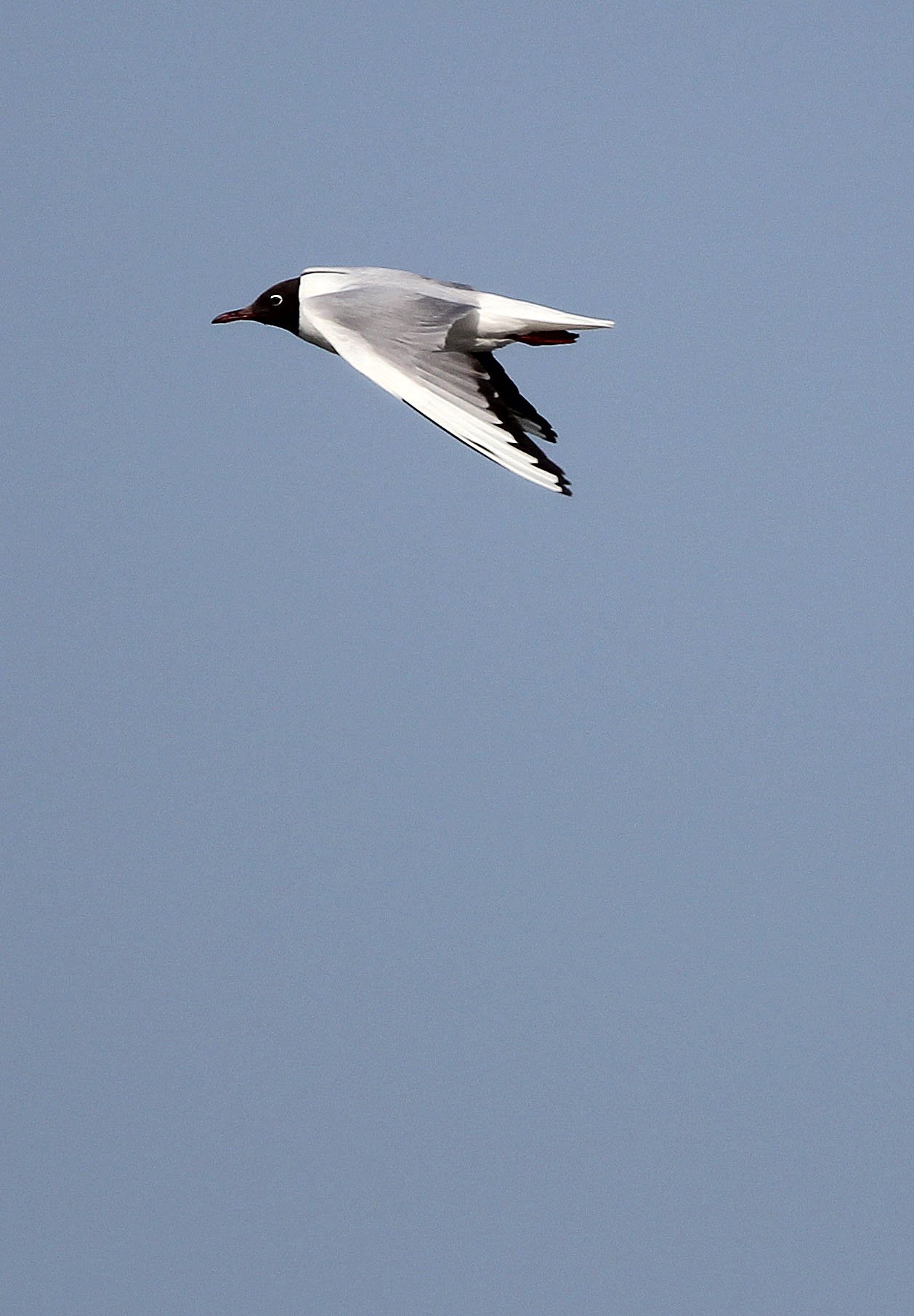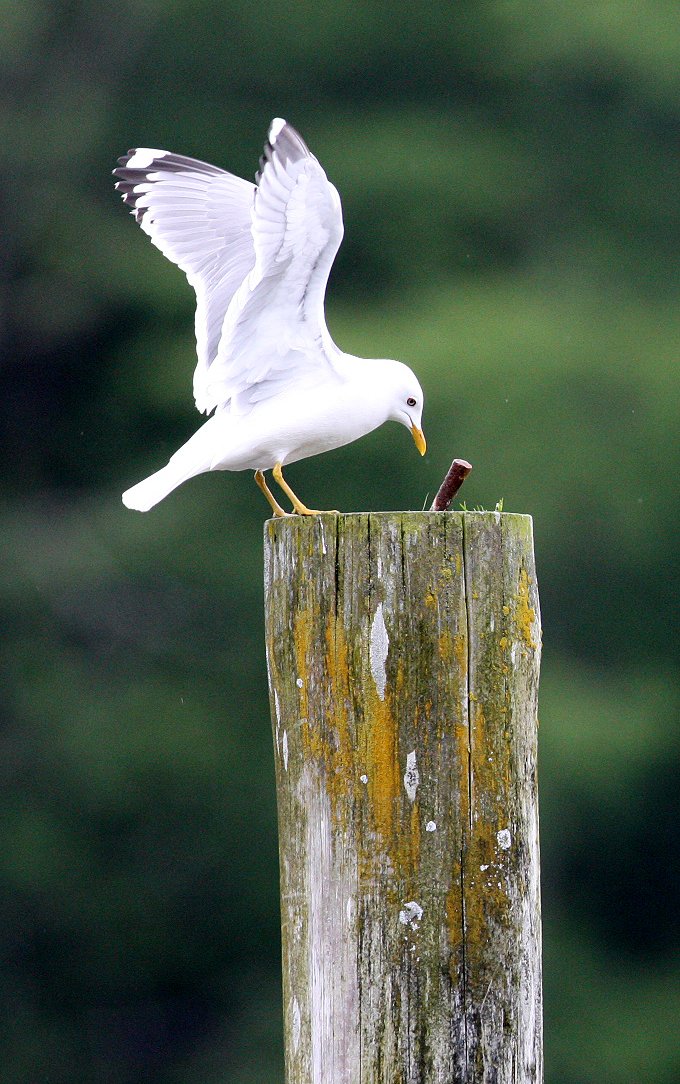

Laridae is a family of seabirds in the order Charadriiformes that includes the gulls, terns, skimmers, and kittiwakes. It includes around 100 species arranged into 22 genera. They are an adaptable group of mostly aerial birds found worldwide. Although Terns and Skimmers are members of Family Laridae, I have created another page for those species. (LINK to Family Laridae, Terns & Skimmers)
Brown-headed Gulls are a common winter visitor to the Bangkok coastline
Gulls, or colloquially seagulls, are seabirds of the family Laridae. They are most closely related to the terns and skimmers and only distantly related to auks, and even more distantly to waders. Until the 21st century, most gulls were placed in the genus Larus, but that arrangement is now considered polyphyletic, leading to the resurrection of several genera. An older name for gulls is mews, which is cognate with German Möwe, Danish måge, Swedish mås, Dutch meeuw, Norwegian måke/måse and French mouette, and can still be found in certain regional dialects.
Gulls are typically medium to large in size, usually grey or white, often with black markings on the head or wings. They typically have harsh wailing or squawking calls; stout, longish bills; and webbed feet. Most gulls are ground-nesting carnivores which take live food or scavenge opportunistically, particularly the Larus species. Live food often includes crustaceans, molluscs, fish and small birds. Gulls have unhinging jaws which allow them to consume large prey. Gulls are typically coastal or inland species, rarely venturing far out to sea, except for the kittiwakes. The large species take up to four years to attain full adult plumage, but two years is typical for small gulls. Large white-headed gulls are typically long-lived birds, with a maximum age of 49 years recorded for the herring gull.
Gulls nest in large, densely packed, noisy colonies. They lay two or three speckled eggs in nests composed of vegetation. The young are precocial, born with dark mottled down and mobile upon hatching. Gulls are resourceful, inquisitive, and intelligent, the larger species in particular, demonstrating complex methods of communication and a highly developed social structure. For example, many gull colonies display mobbing behavior, attacking and harassing predators and other intruders. Certain species have exhibited tool-use behavior, such as the herring gull, using pieces of bread as bait with which to catch goldfish, for example. Many species of gulls have learned to coexist successfully with humans and have thrived in human habitats. Others rely on kleptoparasitism to get their food. Gulls have been observed preying on live whales, landing on the whale as it surfaces to peck out pieces of flesh.
Nesting pair of Red Kittiwakes seen in the Commander Islands, Russia
The gulls have a worldwide cosmopolitan distribution. They breed on every continent, including the margins of Antarctica, and are found in the high Arctic as well. They are less common on tropical islands, although a few species do live on islands such as the Galapagos and New Caledonia. Many species breed in coastal colonies, with a preference for islands, and one species, the grey gull, breeds in the interior of dry deserts far from water. Considerable variety exists in the family and species may breed and feed in marine, freshwater, or terrestrial habitats.
Most gull species are migratory, with birds moving to warmer habitats during the winter, but the extent to which they migrate varies by species. Some migrate long distances, like Franklin's gull, which migrates from Canada to wintering grounds in the south of South America. Other species move much shorter distances and may simply disperse along the coasts near their breeding sites. The galleries below have images of 34 species of gulls. Simply follow the links on the images.

Brown-headed Gull (Chroicocephalus brunnicephalus) Qinghai China
Herring Gull (Larus argentatus) Norway, Russia, China, Japan
Glaucous-winged Gull (Larus glaucescens)

Glaucous Gull (Larus hyperboreus) Svalbard and North America
Belcher's (Band-tailed) Gull (Larus belcheri) Coastal Peru
Slaty-backed Gull (Larus schistisagus) Japan, Russia

Black-headed Gull (Chroicocephalus ridibundus) Japan, China, Thailand, Russia
Bonaparte's Gull (Chroicocephalus philadelphia) Canada, Washington
California gull (Larus californicus) Mono Lake and West Coast

Western Gull (Larus occidentalis) West Coast North America
Black-tailed gull (Larus crassirostris) Thailand, Russia, Japan
Kelp Gull (Cape Gull) (Larus dominicanus vetula) South Africa

Dolphin Gull (Larus scoresbii) Tierra del Fuego
Franklin's gull (Leucophaeus pipixcan) New Mexico
Grey Gull or Garuma Gull (Leucophaeus modestus) Peru

Grey-headed Gull (Larus cirrocephalus) Ethiopia, Southern Africa
Hartlaub's Gull (Larus hartlaubii) Southern Africa
Heermann's gull (Larus heermanni) West Coast North America

Heuglin's Gull (Larus heuglini) China, Thailand
Laughing Gull (Leucophaeus atricilla) Texas
Mediterranean Gull (Ichthyaetus melanocephalus) Tunisia & Italy

Mew Gull (Larus canus) British Columbia, North America
Mongolian Gull (Larus mongolicus) China, Thailand
Pallas's Gull (Larus ichthyaetus) India

Western Gull X Glaucous-winged Gull hybrid (Olympic Gull)
Relict Gull or Central Asian Gull (Ichthyaetus relictus)
Ring-billed Gull (Larus delawarensis) West Coast USA

Saunders's Gull (Chroicocephalus saundersi) China
Swallow-tailed Gull (Creagrus furcatus) Galapagos
Vega (Herring) Gull (Larus argentatus vegae) China & Japan

Yellow-footed Gull (Larus livens) Baja California, Mexico
Yellow-legged Gull (Larus michahellis) Rome
Slender-billed Gull (Chroicocephalus genei) Thailand, Tunisia and Uganda

Silver Gull (Chroicocephalus novaehollandiae) Australia
Andean Gull (Chroicocephalus serranus) Lauca National Park, Chile
Pacific Gull (Larus pacificus) Australia
Red-legged kittiwake (Rissa brevirostris) Commander Islands Russia
Black-legged Kittiwake - Rissa tridactyla) Russia, Japan, Thailand, Svalbard

